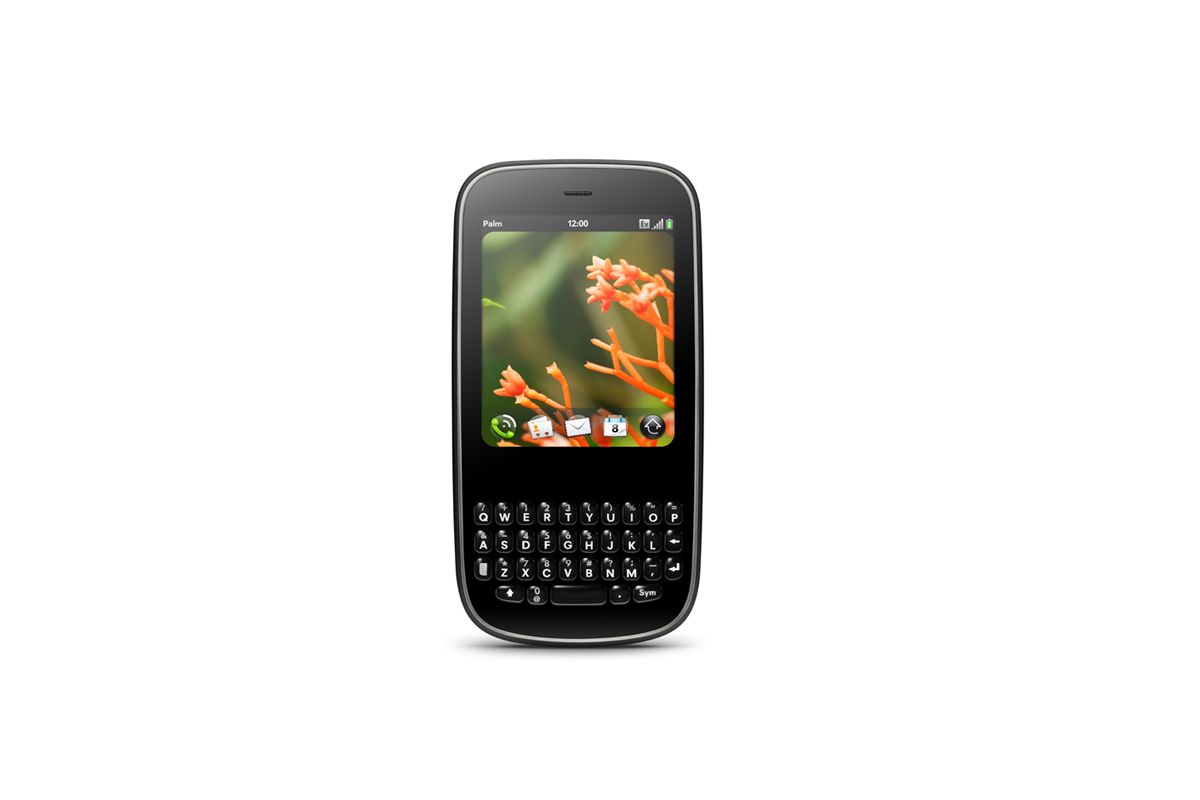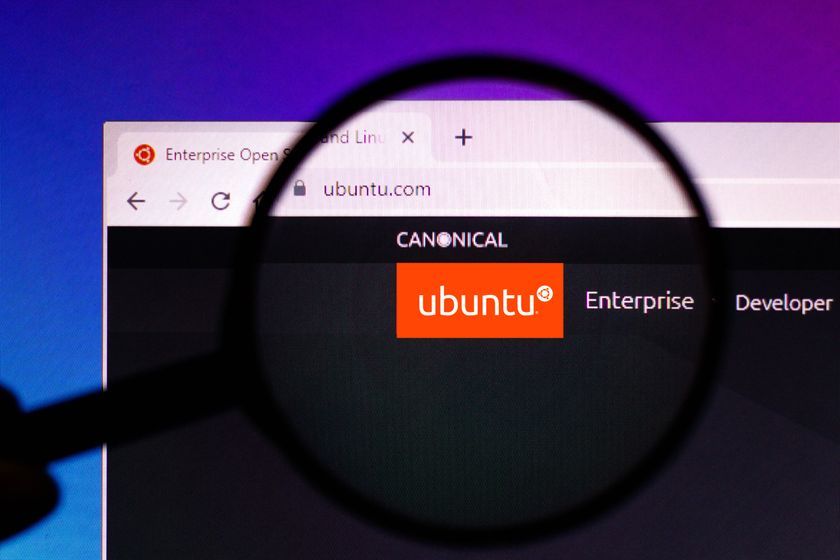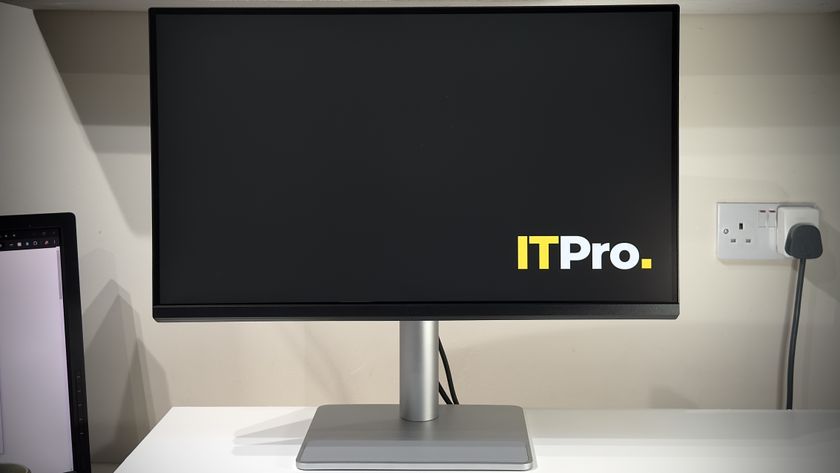Pixi measures 55mmx10.9mmx111mm (WDH) and weighs 99.5g while the Pre comes in at 59.5mmx16.9mmx100.5mm (WDH) and weighs 133g. That means Pixi is longer than a closed Pre, but slide open the Pre's keyboard and it's a different story. The Pre is slightly wider as well - probably because of the slide mechanism - and almost 6mm thicker than the Pixi.
In real world use, the Pixi just about disappears in your pocket. If you don't compare the two phones side-by-side, the Pixi appears to be a small sliver of a smartphone and is certainly worthy of its elfin moniker; it's only when they're next to each other that you realise the Pixi is slim but isn't overly small. In fact, it's a bit of a pocket powerhouse.
Nice gestures
The Pixi and the Pre both use the same operating system in the form of Palm's latest OS golden child webOS.
It was a pleasure to use on the Pre and, thankfully, nothing has changed here. Navigating a webOS device does take a minute or two to learn but once you get it down, getting around becomes second nature.
Nearly everything you need to do is handled by a simple flick of the finger, either up/down or side-to-side. The Pixi also features a touch-sensitive gesture area beneath the screen, just like the Pre. The gesture area allows swipes (right to left for back, left to right for forward and upward to open the app grid) along with touch-and-hold for highlight and cut/copy/paste functionality.
Both seem to work at similar speeds. Opening new programs or sliding from one app to the next is very close to a tie, though the Pre's Wi-Fi connectivity gives it a slight speed edge when several data-intensive apps are already running - especially in areas with questionable mobile signal reception.














